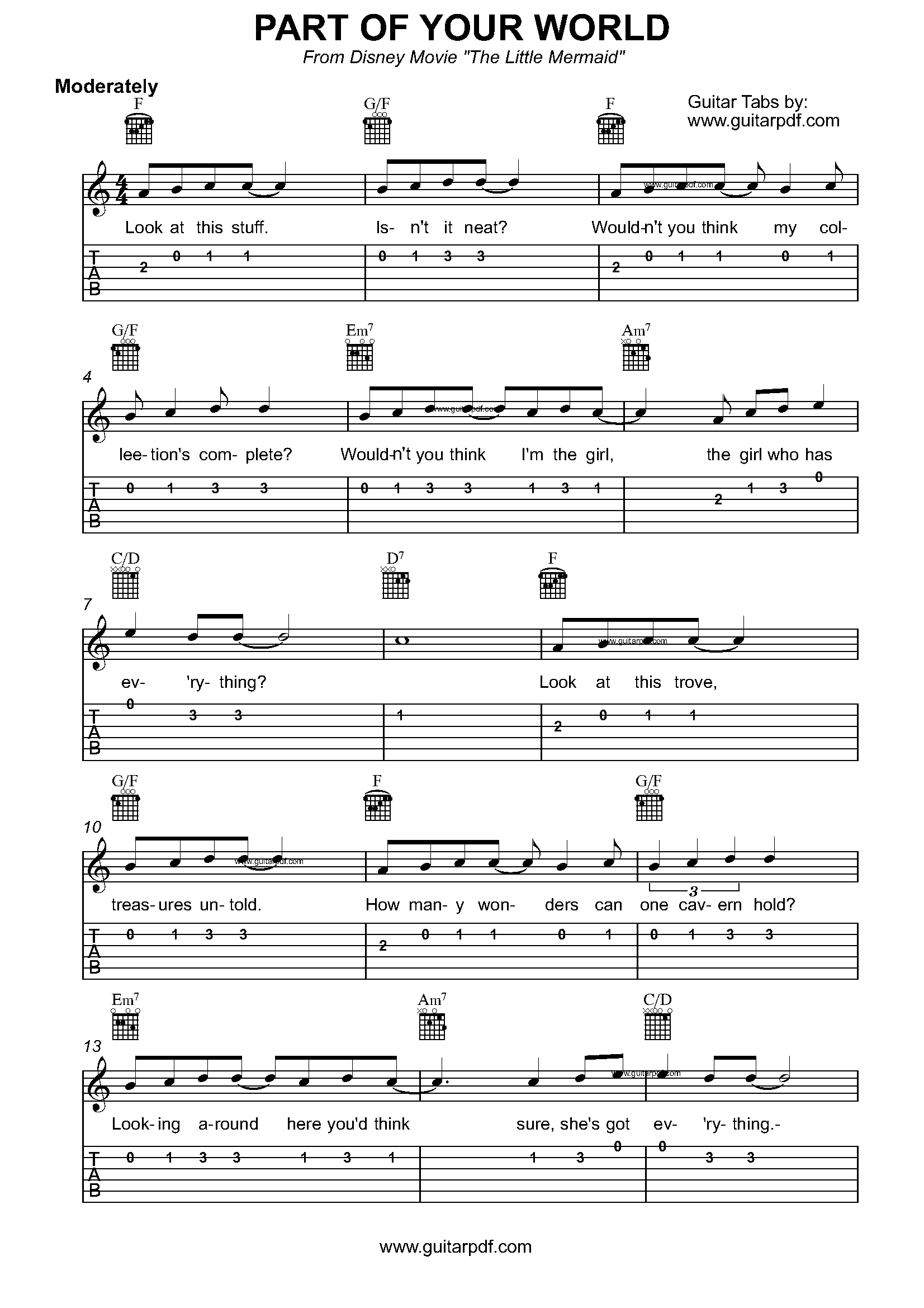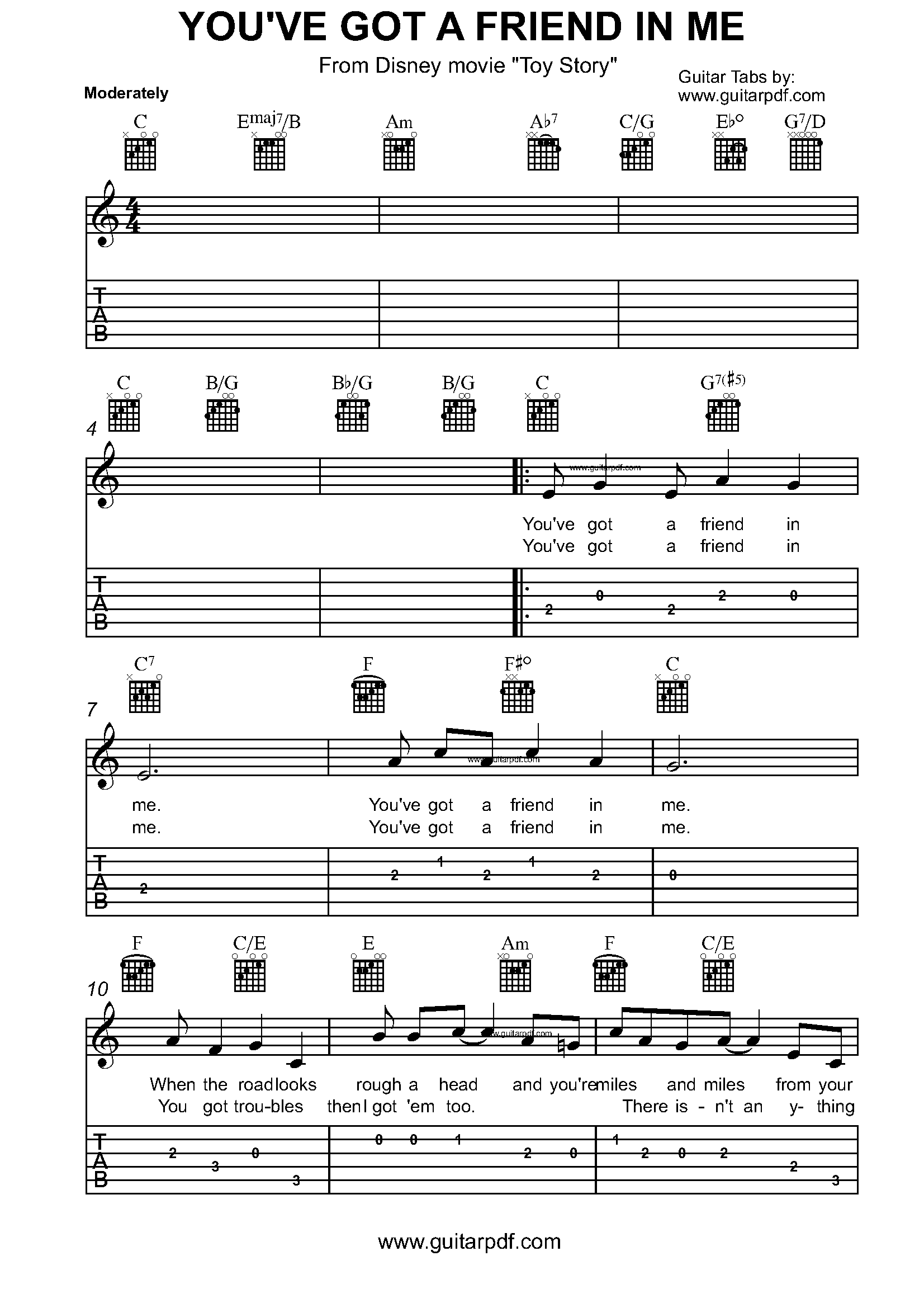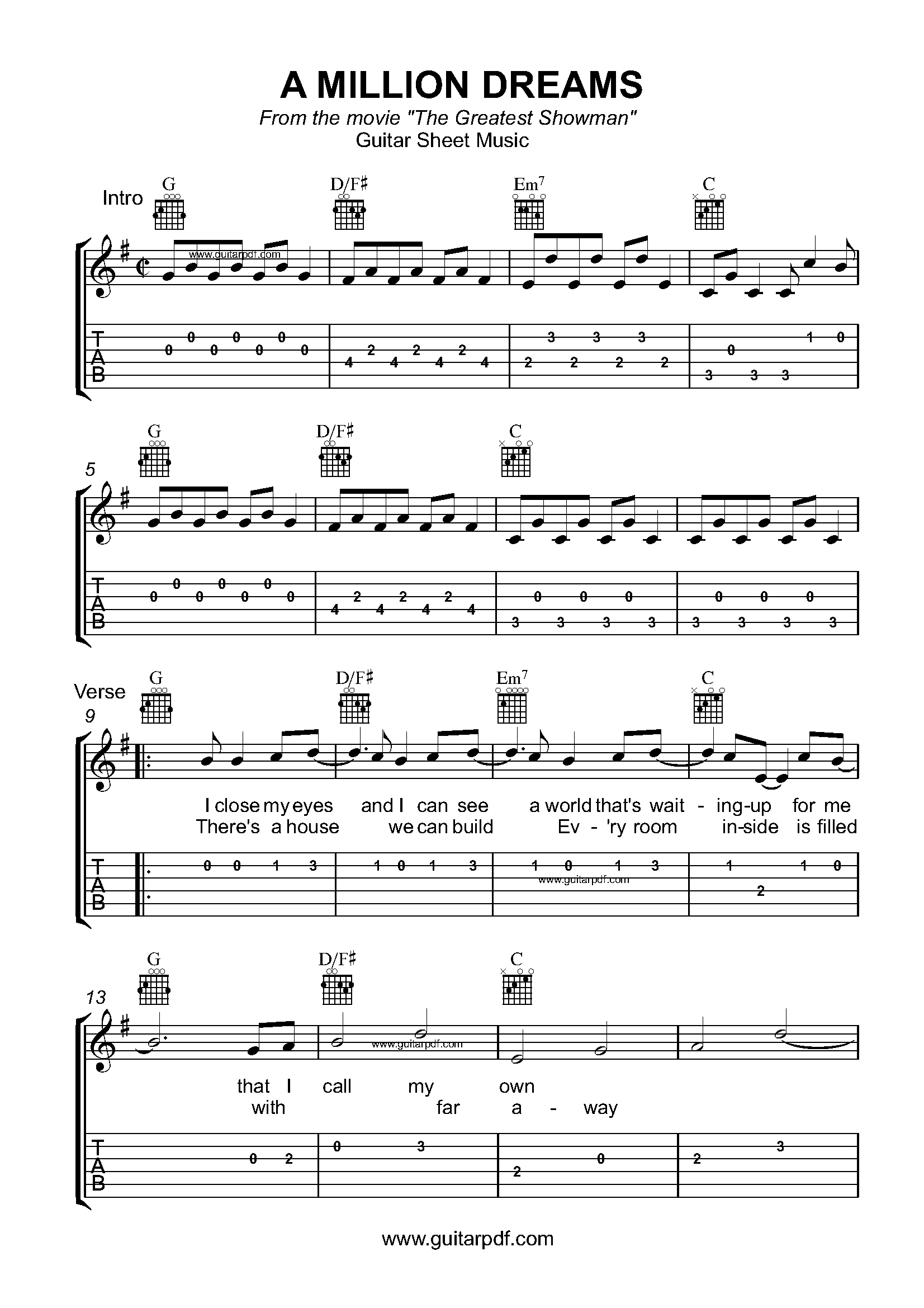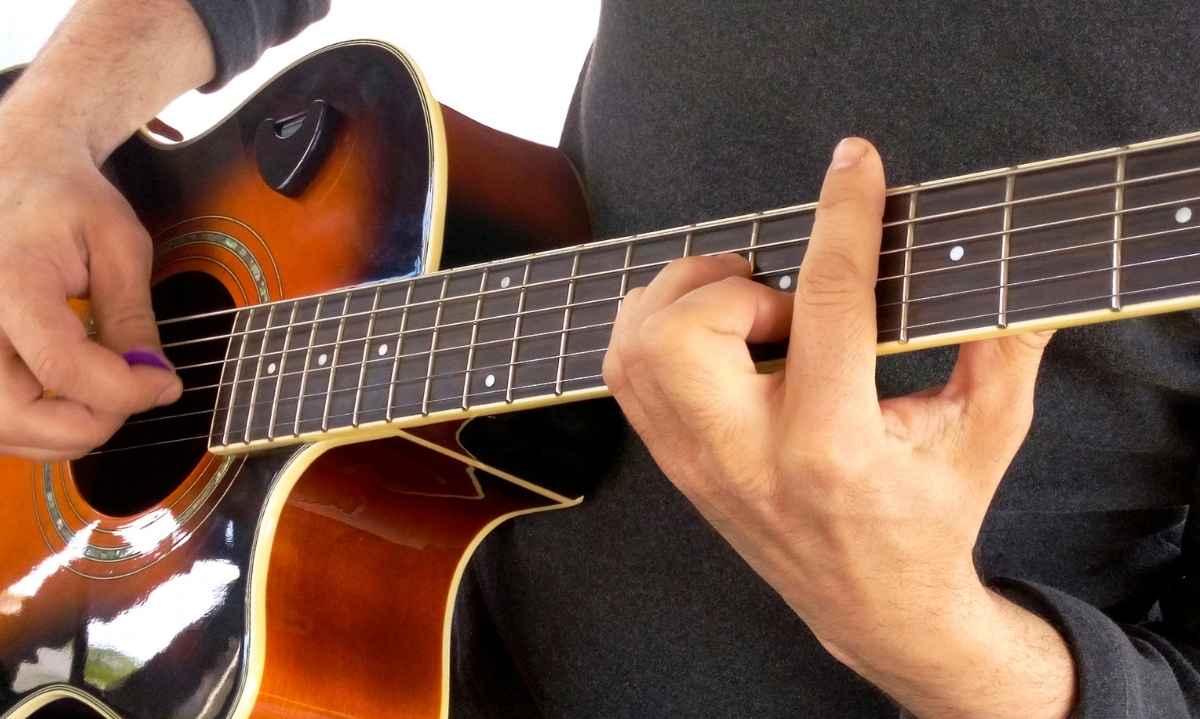The Pentatonic Scale: Why It’s Essential for Guitarists
The pentatonic scale, with its distinctive five-note structure, is a cornerstone of modern guitar playing. Its simplicity and versatility make it an essential tool for guitarists across genres, from blues and rock to jazz and country. This article explores why the pentatonic scale is so crucial for guitarists and how to effectively incorporate it into your playing.
What Is the Pentatonic Scale?
The pentatonic scale consists of just five notes per octave, as opposed to the seven notes in the major and minor scales. This streamlined structure eliminates certain intervals, creating a scale that is both easy to learn and highly adaptable.
Types of Pentatonic Scales
- Major Pentatonic Scale
- Structure: The major pentatonic scale is derived from the major scale by removing the fourth and seventh degrees.
- Pattern: The intervals are whole, whole, minor third, whole, minor third.
- Example: In C major pentatonic, the notes are C, D, E, G, and A.
- Minor Pentatonic Scale
- Structure: The minor pentatonic scale is derived from the natural minor scale by omitting the second and sixth degrees.
- Pattern: The intervals are whole, minor third, whole, whole, minor third.
- Example: In A minor pentatonic, the notes are A, C, D, E, and G.
Why the Pentatonic Scale Is Essential for Guitarists
1. Versatility Across Genres
The pentatonic scale’s simplicity makes it adaptable to various musical styles. Whether you’re playing blues, rock, jazz, or country, the pentatonic scale fits seamlessly into the mix. Its universal appeal allows guitarists to use it in solos, riffs, and melodies across genres.
- Blues: The minor pentatonic scale is a staple in blues, providing a raw, expressive sound that’s perfect for soulful solos.
- Rock: Rock guitarists often use the pentatonic scale for its ability to create powerful and memorable riffs.
- Jazz: Jazz musicians use pentatonic scales for improvisation, often incorporating additional notes for a more complex sound.
2. Simplicity and Accessibility
The pentatonic scale is easier to learn compared to more complex scales. Its five-note structure simplifies fingerings and makes it accessible for beginners. Guitarists can quickly grasp the scale patterns and start applying them to their playing.
3. Great for Improvisation
One of the most significant advantages of the pentatonic scale is its suitability for improvisation. Its reduced number of notes reduces the chances of hitting dissonant intervals, making it easier to create melodies and solos that sound cohesive and pleasing.
- Blues Solos: In blues, the minor pentatonic scale can be used to create expressive solos with bends, slides, and other techniques.
- Rock Improvisation: Rock guitarists use the major and minor pentatonic scales to craft solos that fit well within the harmonic structure of a song.
4. Effective for Building Technique
Practicing the pentatonic scale helps build essential guitar techniques, such as finger strength, dexterity, and speed. The scale patterns are often used in exercises to improve alternate picking, legato, and other technical aspects of playing.
5. Foundation for Other Scales
The pentatonic scale serves as a foundation for understanding more complex scales. By mastering the pentatonic scale, guitarists can more easily grasp the structure of other scales and modes, such as the blues scale or the diatonic modes.
Practical Tips for Using the Pentatonic Scale
1. Learn the Patterns
Familiarize yourself with the five common pentatonic scale patterns on the fretboard. Practice these shapes in different positions and keys to gain a comprehensive understanding of the scale’s structure.
2. Incorporate Techniques
Enhance your pentatonic scale practice by incorporating various techniques, such as bends, slides, and hammer-ons. These techniques add expression and dynamics to your solos and improvisations.
3. Use Backing Tracks
Play along with backing tracks to apply the pentatonic scale in a musical context. This practice helps you understand how the scale fits within different chord progressions and improves your improvisational skills.
4. Experiment and Create
Don’t be afraid to experiment with the pentatonic scale. Combine different techniques and explore various melodic ideas. Creating your own licks and phrases helps you develop a unique style and sound.
Common Pitfalls and Tips
- Over-reliance: While the pentatonic scale is versatile, avoid over-reliance on it. Explore other scales and modes to broaden your musical vocabulary.
- Neglecting Theory: Understanding the theory behind the pentatonic scale enhances your ability to use it effectively. Study its intervals and how it relates to other scales.
- Skipping Practice: Consistent practice is key to mastering the pentatonic scale. Integrate it into your regular practice routine to build familiarity and proficiency.
Conclusion
The pentatonic scale is an essential tool for guitarists, offering versatility, simplicity, and effectiveness across various musical styles. By understanding its structure, applying it in practice, and exploring its potential, guitarists can enhance their technique, improvisation, and overall musicality. Embrace the pentatonic scale as a fundamental part of your playing, and unlock new creative possibilities on the guitar.









